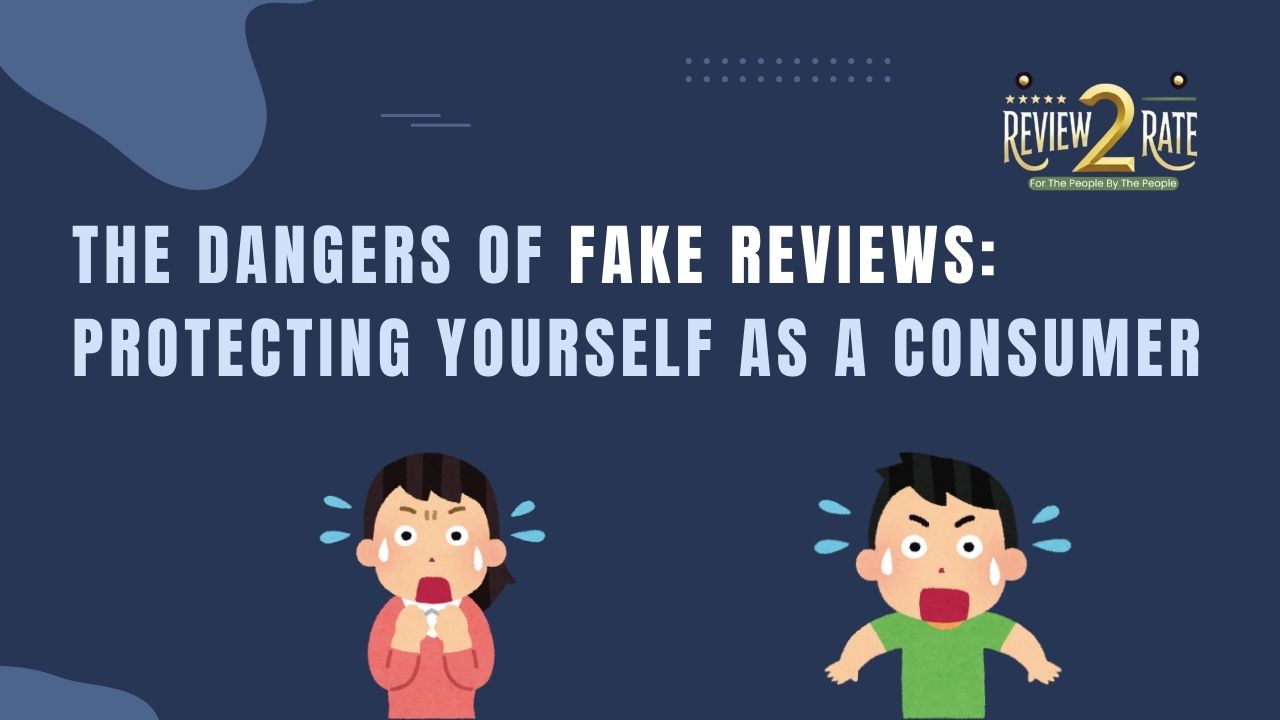
Published: March 07, 2025
In the digital age, online reviews have become the backbone of consumer decision-making, Whether you're buying a laptop, booking a hotel, or ordering takeout, chances are you check reviews before making a choice. But what if I told you that a significant chunk of those glowing five-star ratings—or even the scathing one-star reviews—might not be real?
Businesses understand the power of social proof. Positive reviews can boost sales, improve rankings on search engines, and establish credibility. Conversely, a slew of negative reviews can sink a product before it even gets a fair chance.
This has led to:
Platforms like Amazon, Yelp, and Google claim to fight against fake reviews, but the truth is that many still slip through the cracks.
It’s easy to dismiss fake reviews as a minor annoyance, but their impact is much more severe:
Imagine buying a "top-rated" kitchen appliance that turns out to be a cheaply made piece of junk. Fake reviews can trick you into spending money on products that don’t live up to their hype.
Fake reviews don’t just cost you money—they can be dangerous. Think about bogus reviews for supplements, baby products, or medical devices. A falsely hyped product could cause harm if it doesn’t meet safety standards.
It's not just products—services are also affected. A five-star plumber with glowing (but fake) reviews might show up late, overcharge, or do shoddy work. Worse yet, scams can thrive under the guise of positive online feedback.
When fake reviews flood the internet, it becomes harder to trust any feedback at all. This dilutes the value of honest consumer experiences, making shopping more stressful and unpredictable.
The good news? You don’t have to be a victim. Here’s how you can identify suspicious reviews:
Fake reviews often sound overly promotional or robotic. Phrases like “This is the best product I have ever used!” or “Highly recommend to everyone!!!” can be red flags, especially if repeated across multiple reviews.
A real reviewer will likely have a mix of reviews over time. Be suspicious of profiles that:
If a product suddenly gets a flood of five-star reviews within days, something’s fishy. This is a common tactic for artificially inflating ratings quickly.
Many e-commerce sites label reviews from verified purchases. While not foolproof, verified reviews are generally more trustworthy than unverified ones.
A great way to verify authenticity is by checking reviews across different platforms. A product that has a 4.9-star rating on one website but a 2.5-star rating elsewhere should raise eyebrows.
While fake reviews won’t disappear overnight, you can take steps to make smarter buying decisions:
Websites like Fakespot and ReviewMeta analyze online reviews and flag suspicious activity. These tools can help you determine if a product has a high percentage of fake reviews.
The best reviews are the ones that mention both pros and cons. A completely glowing review with zero downsides or an overly negative one that sounds vague is likely unreliable.
Customers who upload their own images or videos tend to be real buyers. Fake reviewers often don’t bother with this extra step.
Instead of solely relying on user reviews, check expert opinions from YouTube reviewers, blogs, and trusted industry sources. Forums like Reddit often provide real, unbiased feedback.
If something feels off—like a restaurant with hundreds of perfect five-star reviews but no detailed descriptions—listen to your instincts and dig deeper.
Fake reviews are a growing problem, but they don’t have to dictate your shopping experience. By staying vigilant, questioning overly positive (or negative) feedback, and using review analysis tools, you can outsmart deceptive marketing tactics.